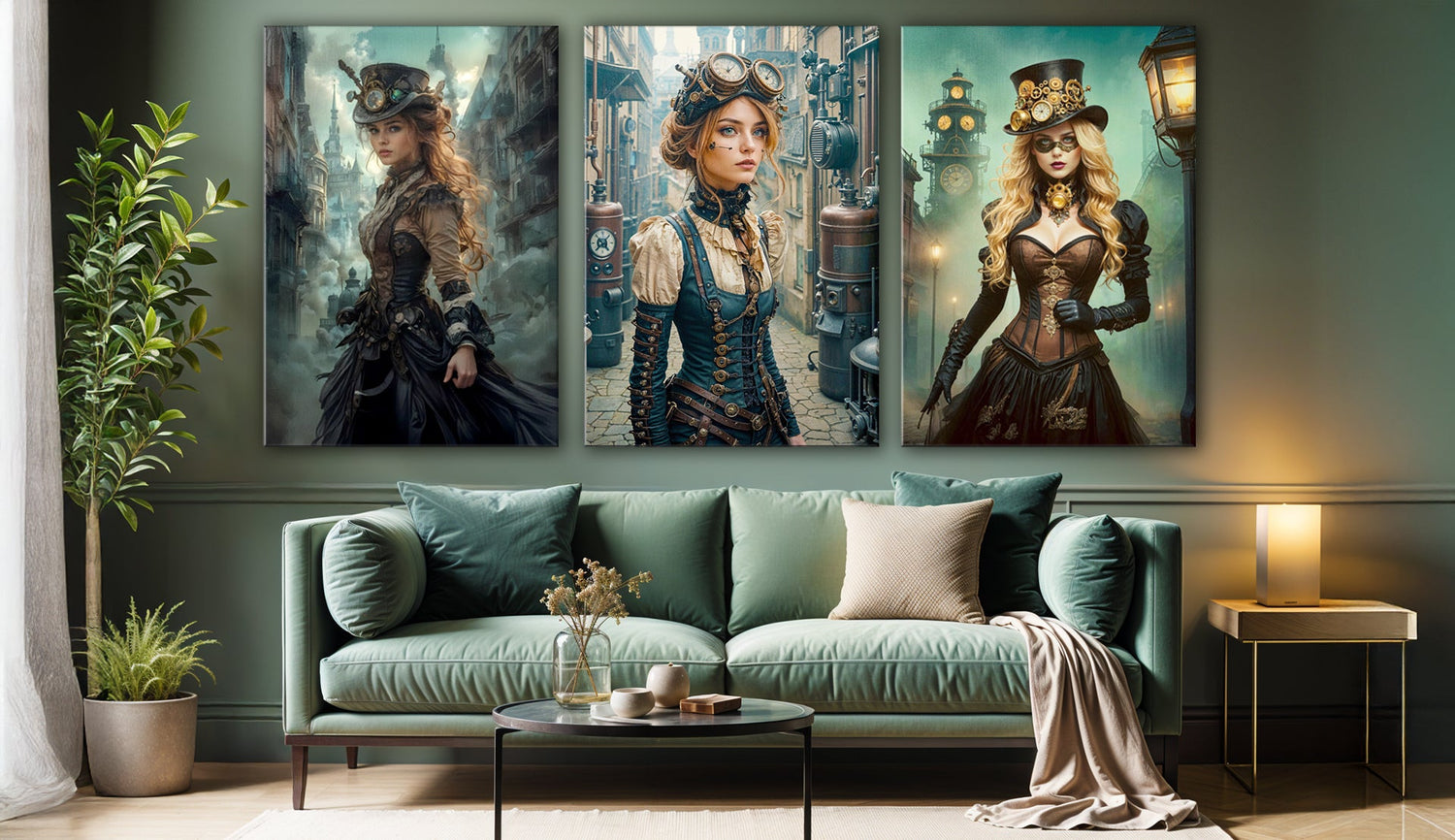
The Magic of Cotton-Poly Canvas: Where Texture Meets Art
There’s a kind of quiet confidence to materials that don’t need to prove themselves. You might not notice it at first glance—but the longer you live with them, the more you realize how much they’re doing behind the scenes. That’s the experience many art lovers describe when they choose cotton-poly canvas over flashier finishes.
But what is it, exactly, that makes this fabric blend—usually weighing in at 300–350 gsm—so favored by collectors, decorators, and creatives alike? Let’s unpack that, gently and with a touch of curiosity.
Understanding the Fabric: Not All Canvases Are Created Equal
At first, a cotton-poly blend might sound like a compromise between natural and synthetic materials. And in a way, it is. But that balance—when done right—often results in a textile that combines the best of both worlds: the warmth and texture of cotton with the durability and resilience of polyester.
This isn’t the overly slick surface you might find on mass-market prints. Nor is it the coarse, uneven weave of bargain art fair canvases. What we’re looking at here is something in between—a surface that seems to absorb light gently rather than bounce it back, while still holding its tension over time.
For viewers who appreciate textured wall art, that slightly tactile finish might create a sense of intimacy. Details in darker prints can appear more nuanced; shadows don’t flatten; lines feel less clinical.
What Does 300–350 GSM Actually Mean?
GSM—grams per square meter—is a measure of weight. A canvas in the 300–350 gsm range tends to suggest quality. But whether that’s always the case depends on the weave, the coating, and even the printing process.
- At around 300 gsm, the canvas typically feels substantial but flexible—ideal for wrapping cleanly around frame edges without cracking.
- Going toward 350 gsm might lend the fabric more body and a more noticeable grain, which some believe adds depth to printed shadows and textures.
There’s no single “perfect” number, of course. Preferences vary. But within this range, you’re likely to find what many would call a sweet spot—something sturdy enough to last but still refined enough to let the artwork breathe.
Where Canvas Might (and Might Not) Belong
Canvas prints can be a beautiful match for certain spaces, especially if you're drawn to interiors that lean into atmosphere rather than shine. The matte finish tends to work well in:
- Bedrooms, where visual softness can support a feeling of calm.
- Living rooms with natural light, where it’s useful to reduce glare.
- Studies or creative workspaces, where subtlety often feels more inspiring than spectacle.
That said, some might argue that in very modern, minimalist spaces—with lots of gloss and steel—canvas can occasionally feel too rustic or organic. In those cases, an acrylic print might offer a more sculptural presence.
Why It Works So Well for Steampunk Art
In our Steampunk Women Canvas Collection, rich in corsetry, clockwork, velvet shadows, and polished brass, the texture of canvas doesn’t fight the imagery—it complements it.
Take the spiraling gearwork and subtle lighting of Empress of the Clockwork Skyline: on a canvas print, the softness of the fabric seems to echo the moody haze of her industrial cityscape. It’s not just about how the image looks—it’s about how it feels to live with.
And with characters as visually layered as the Winter Queen of Time, you might notice that canvas allows their opulence to feel grounded—like they belong in the world they rule, not floating above it.
Material as Mood Setter
There’s a sensory quality to canvas that doesn’t always come across in photographs. Some describe it as warm. Others say it feels timeless. Either way, it’s often considered a medium that draws you closer rather than dazzling from a distance.
Canvas, especially in unframed wall art prints, might also offer more flexibility when styling your space. You can lean a large piece against a console in a hallway or combine three smaller ones into a gallery wall without things feeling too heavy.
Whether it's modern wall art, bedroom decor, or vintage prints you're after, canvas tends to lend itself well to layered interiors.
The Build: What’s Included, and What Sets It Apart
Every piece in our collection is printed on demand and stretched over FSC-certified wooden frames. Hanging kits come included, and there are 26 size options to choose from, so you're not stuck choosing between “too small” or “too overwhelming.”
Because of the cotton-poly blend, these prints aren’t prone to sagging, and they hold their color beautifully under typical indoor lighting. That said, as with most art, avoiding direct sunlight is still wise for long-term preservation.
A Thought to End With
It might be tempting to treat material choices as technical footnotes. But in practice, the feel of a print often shapes how we experience the art itself. Canvas, with its rich texture and muted presence, seems to invite stillness. It might not shout for attention, but it doesn’t disappear into the background either.
Explore our full Steampunk Wall Art Collection, crafted on rich, museum-quality cotton-poly canvas and made to suit the moods and moments that matter in your home.
Let your walls speak in texture. Let them whisper in warmth.







